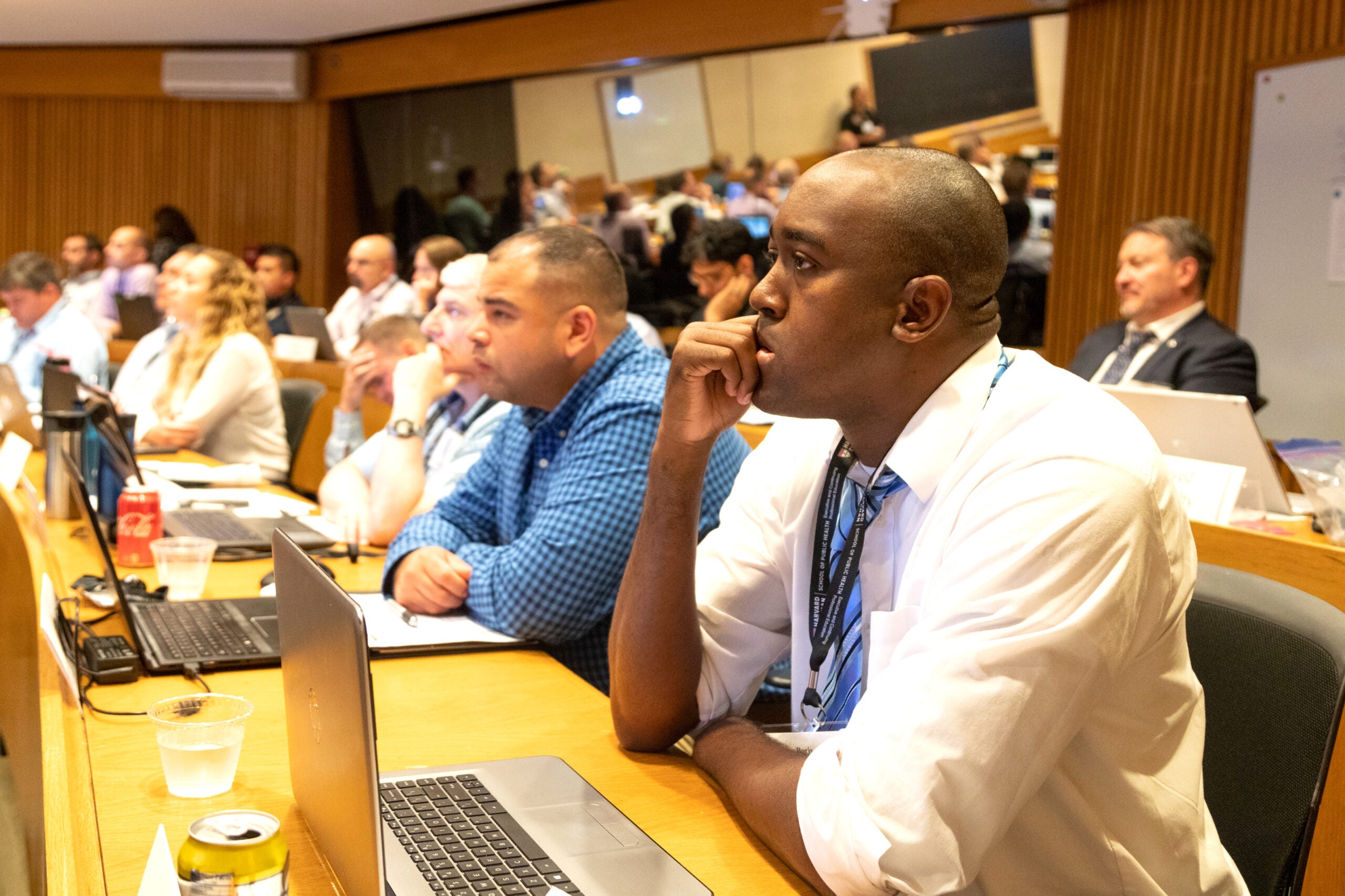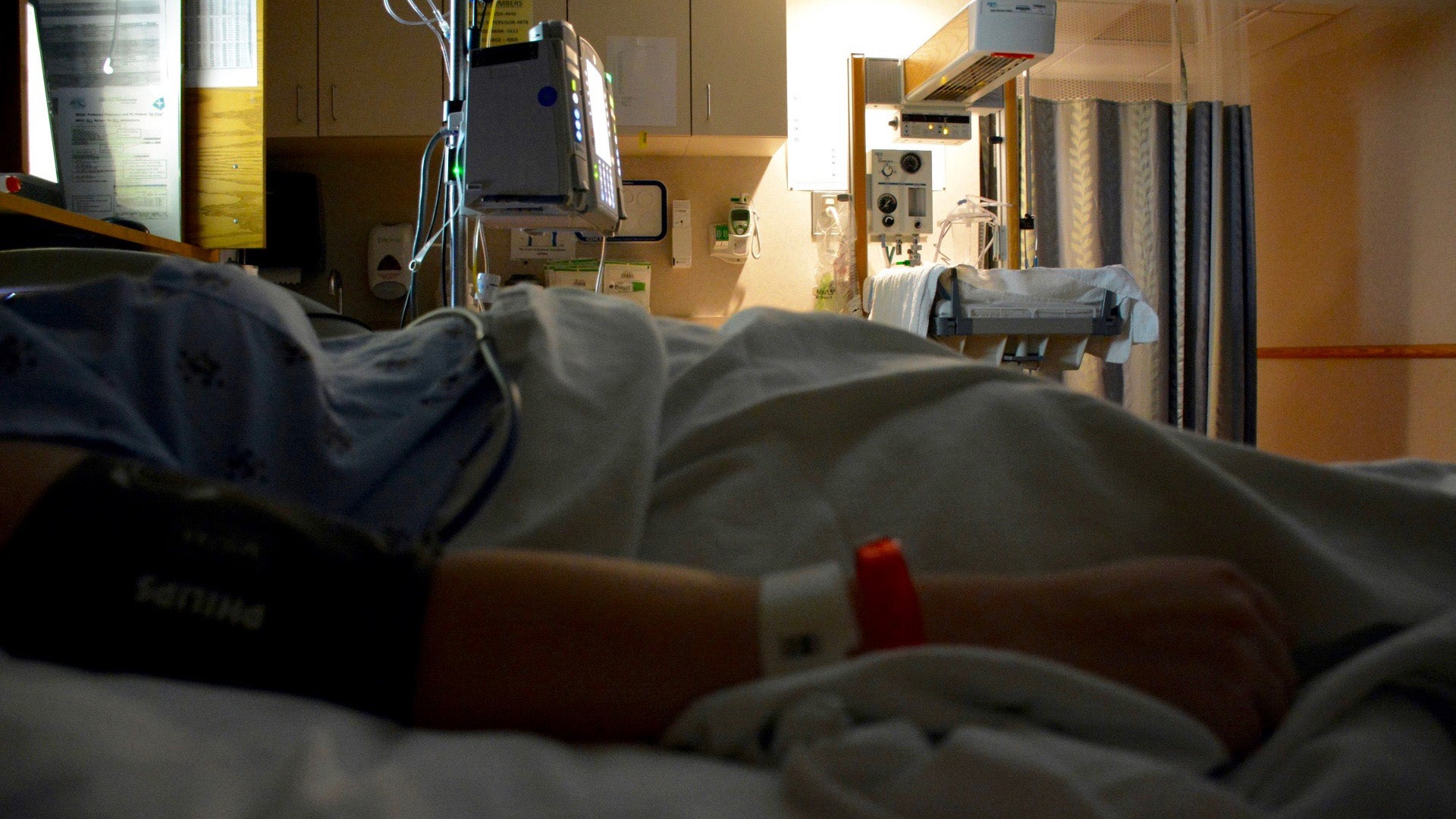Radiological Emergency Planning: Four Concepts to Guide Your Efforts

With electricity usage on the rise worldwide, a growing number of countries are turning to nuclear power to help them keep up with the demand. But while nuclear power plants are an important source of energy, they also come with their own complexities. This means that whether you are a government official, utility executive, emergency worker, or industry expert, you’ll need to have a plan in place to help you prepare for and respond to a variety of potential radiological emergencies, explains Michael Short, Associate Professor of Nuclear Science at MIT and program co-director of the Harvard T. H. Chan School of Public Health Radiological Emergency Management program.
“Such preparedness is essential so countries will know what to do in the event a radiological emergency occurs,” points out Steven Goldman, who also serves as program co-director
of Radiological Emergency Management. Goldman is also an instructor in crisis communications, risk communications and crisis management at MIT and at the Chan School. He points out that radiological emergency planning principles can be applied to many circumstances, including current nuclear power plants, future nuclear power plants, radiological medical emergencies, radiological terrorism events, and recovery operations.
Concepts to Incorporate into Radiological Emergency Planning
Regardless of what type of emergency you are preparing for, there are some common elements that should be incorporated into your efforts—from having the right players on your team and communicating effectively to finding a common language to get everyone on the same page and sharing successes and failures.
1. Get the right players on your team
When building and operating a nuclear power plant, it’s important to create and maintain a culture of safety. In the event of an emergency, this means making sure the responders know what to do, when, and how. Therefore, prior to an emergency occurring, you’ll need to complete the mundane but important tasks: meeting regulatory requirements, filing necessary paperwork, sharing key information within your organization, and of course conducting radiological emergency training, drills, and exercises.
“It’s one thing to deal with the regulations, and it’s another to deal with the regulations practically. You can check boxes all you want, but unless organizations have an approved radiological emergency plan with the right people involved and the rigorous training and exercises, you won’t be ready when an emergency occurs,” Short explains.
This planning and coordination must include the appropriate government and safety agencies, so you have a broad range of expertise at your fingertips. Consider what experience and knowledge each agency or player can bring to the table and think about what type of training and planning the agencies need to be prepared to work together in the most effective way should an emergency occur.
2. Communicating effectively both internally and externally
Communication must also be a cornerstone of your emergency planning efforts — including ensuring that both internal and external communication channels are established and used effectively. Internal communication requires providing your facility employees with a culture of open communication and transparency to ensure your credibility and to be sure everyone is on the same page. This internal channel should also be part of your crisis management strategy, to alert staff of any issues that arise and activate the necessary response. Employees will have specific roles to play—such as a spokesperson, technical resource, or technical responder in an emergency.
“In an emergency response, you are also dealing with people’s preconceived notions,” Goldman points out. Therefore, part of effective risk communication includes being transparent, so people feel in the loop in times of calm. This way, when things go wrong, you are working from a shared, basic understanding and comfort level. “People’s comfort with risk is a very individual thing,” he says. One way to help people increase their comfort level is to help them see the benefit of nuclear power so they can balance it against the risks and understand the trade-offs.
“For example, for the small modular reactors in the United States and elsewhere, we need to do what is called risk communication. We need to explain how the system works: here are the risks and these are the benefits,” Goldman says. “For other countries that are just starting out in nuclear energy programs, it will help to establish an educational campaign to familiarize the public with the benefits and risks.” He adds that such preparation will be essential if an emergency ever occurs, with people more likely to believe the responding organizations and even follow better directions on how to respond.
3. Speaking a common language
Part of effective communication is having designated spokespeople who are prepared and can speak in a language that the public will understand.
“There’s the vocabulary of things—like what is radiation? What kinds are there? How do you quantify dose and risk to the public? Is it safe? There are also specialized units and terms that the technical people need to be able to share with the media and public so they can be disseminated broadly and understood,” Short says. The challenge is being able to boil things down to just the right details without flooding the public with too much technical information and overwhelming them, he stresses.
4. Learning from others’ successes and failures
With so many countries exploring nuclear power, Short points out that if you are new to the game, or are facing challenges, you can look to others for best practices to implement in your own efforts. For instance, if you’re struggling with inter-agency communication or government coordination or another issue, it can help to see how other countries have overcome challenges and use their example to guide your own efforts. You can also review your current plans and see if there are any lessons learned from others that you can add into your own blueprint.
When nuclear experts and others involved in nuclear energy efforts share their successes, their failures, and how they overcame barriers with others, it can help everyone improve their safety planning and be more effective. It is particularly important to illustrate best practices from both sides of the coin – what worked well in a crisis, what did not work well, and why? Being open and transparent with failures, as much as successes, is vital to a culture of transparency, humility, and readiness to face what is needed.
Expect the Best, Prepare for the Worst
While radiological emergency planning must be an essential component of your efforts, both Short and Goldman stress that the expectation is that you will never need to use it.
“If we go all year and never use the emergency plan, that’s a good thing. It’s like a fire extinguisher. You need to have it and know where it’s located and how to use it. But hopefully you will never need it,” Goldman says. “But in the event you do, you must be prepared.”


